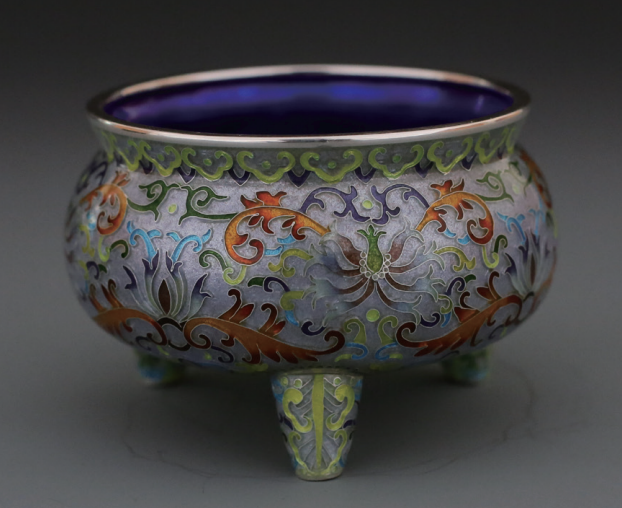Handing down the Craftsmanship through Innovation

After graduating from college, Xiong Songtao hoped to do his own thing. He was convinced by his father’s simple but weighty words: “traditional craftsmanship must be handed down!” After learning for two years, he began to try his hand at creating. Because of this huge interest in making enamel watches, Xiong overcame many technical difficulties. In that five years, he broke through the limitations of traditional techniques, reducing the bubbles common in the firing process, introducing new CNC equipment and new technologies, and achieving more precise control of temperature. In doing so, he fell deeply in love with the whole craft.
By comparing the enamel-making techniques of the west and of China, Xiong observes that western countries mainly adopt the process of Champleve Enameling, while China mainly uses the wire inlay process–making patterns with gold or copper wire, filling them with various colors of enamel, and then roasting, grinding, gold plating, etc. The complexity and retouching of wire inlay reflect the quality of the process. Therefore, it’s quite common for a small ornament to be processed over a period of two to three months to ensure its quality.
“Sometimes, we encounter difficulties at certain stages. In this context, insistence is difficult but vital,” Xiong says. “Like enamel, we might change the value orientation with the development of the times, but we must maintain our artistic level to avoid losing ourselves. The number of enamel manufacturers has gradually been declining. The enamel craftsmanship of the Xiong family has been handed down so far just because of perseverance.” Determined and passionate, Xiong is eager to let the traditional craft known to more people.